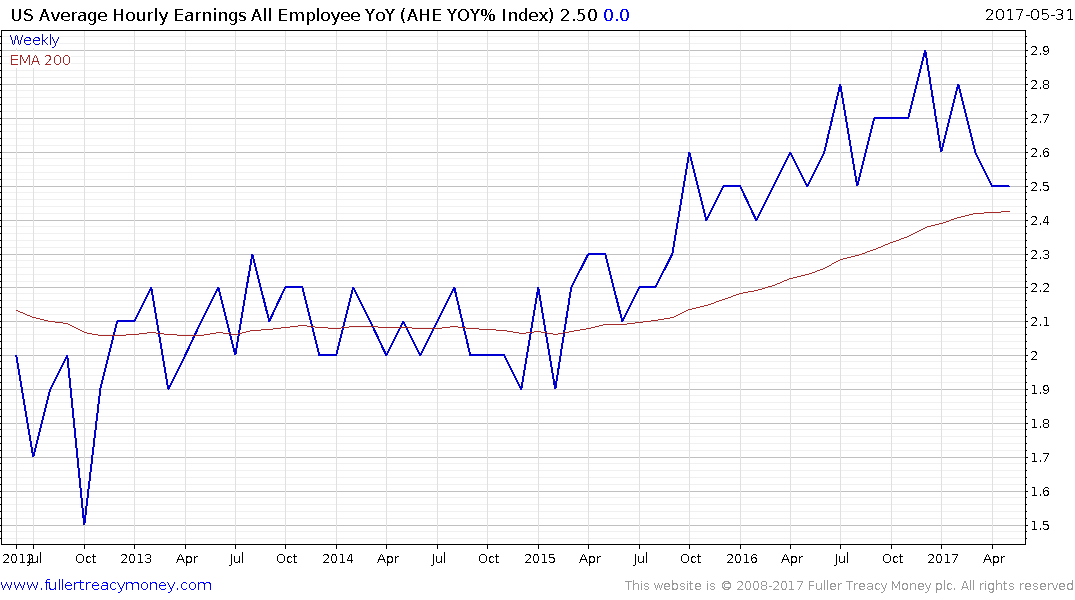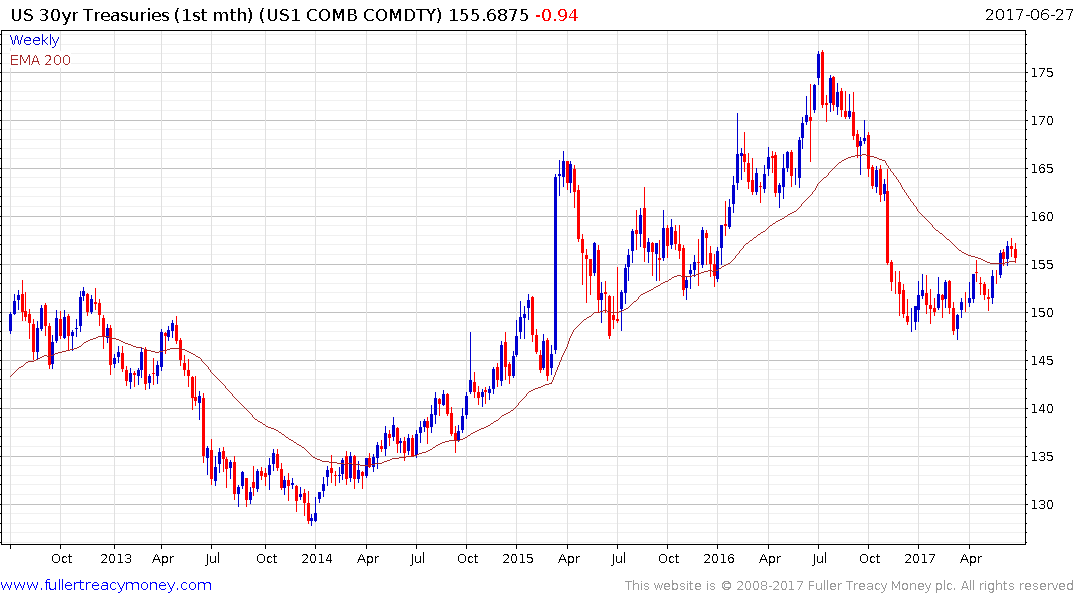Seattle's Painful Lesson on the Road to a $15 Minimum Wage
This article by Megan McArdle may be of interest to subscribers. Here is a section:
And particularly be prepared to rethink very high minimum wages, like those supported by the “Fight for $15” folks. For as the authors note, the first round of hikes had relatively small impacts, while the second round had huge ones, suggesting that the effects may be nonlinear. And that makes sense. Relatively few people in this country make the minimum wage, so a small increase doesn’t make that much difference to most workers, or most employers. But a large jump affects more people, and the wage increases are much bigger for the lowest-paid staffers. If you make $9 an hour, but generate $10.50 in revenue for your boss, a law that raises the wage to $10.45 may cause her to shrug and decide it’s easier to keep you on as long as she’s making something. But a wage that forces her to pay you far more than you bring in…. Continuing to employ you would just be bad business.
It’s worth noting that Card and Krueger’s famous study involved an increase in the minimum wage from $4.25 an hour to $5.05. That was a significant increase -- about 18 percent. But Seattle’s minimum wage has already increased by 37 percent, and it still has roughly another 20 percent to go.
At some level, we all intuitively understood that this was true. If the minimum wage increases by a penny an hour, probably even most rock-ribbed conservatives would not predict mass firings. On the other hand, if the wage was arbitrarily set to $100 an hour, even ardent labor activists would presumably expect widespread unemployment to follow. You can’t flat-out say “minimum wages don’t increase unemployment,” because the size of the increase, and the level of the resulting wage, obviously matter at some margin.
As this article highlights, very few people in the USA earn the minimum wage. However about a third of the population earns less than $35,000 a year. $15 an hour for a 40-hour, 52 weeks a year comes out to $30,200. Therefore by raising the minimum wage to $15 either those earning slightly more than the current minimum wage will demand more for their work or they will be equated with first time job applicants at fast food restaurants.
Higher wages demands as a result of the push from high minimums are likely a function of supply of labour and with participation rates at multi-decade lows there is scope for more workers to be attracted into the workforce if wages rise.
The other side of the argument is higher minimum wages will further incentivise investment in automation which will result in less need for lower paid employees and will contain demand for more labour.

Average Hourly Earnings Growth figures tend to be regularly revised but at the last update hit a new reaction low which represents a deeper pullback than any seen since 2012. Since tightness in the labour market is one of the primary reasons for the Fed’s recent more hawkish tone how this trend evolves is likely to have important repercussions for monetary policy.

US 30-year Treasuries pulled back to test the psychological 155 today but will need to hold it fi potential for additional upside is to be given the benefit of the doubt.


